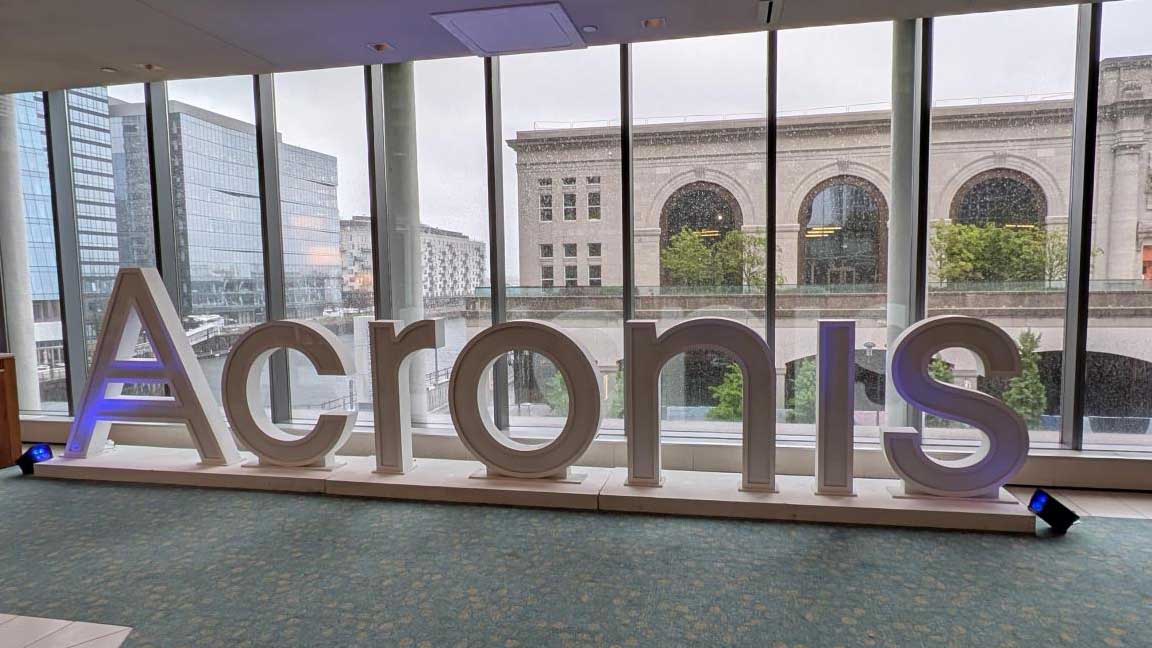AS AN MSP, you naturally want to grow your client base, not shrink it. But however you want to phrase it—getting rid of clients, cutting them loose, or curating your list—firing clients can actually be a major win for your organization.
Let’s face it. Some clients hold you back from reaching your full potential. A poor-fit client can hurt your profitability, growth, and even your ability to retain talented techs.
When your MSP is relatively small and you’ve worked so hard to land those initial contracts, even considering firing a client can feel terrifying. And while it won’t necessarily solve all the challenges of managing and growing your MSP, routinely firing poor-fit clients can dramatically improve some of your most important metrics.
Understanding the Why Behind Firing Clients
Erick Simpson, MSP author, speaker, and consultant, uses sports to create the perfect analogy for why firing clients makes real business sense. “We want to get to the championship every single year. But as we know, the sports fans among us, we don’t keep the same players every single year for 20 years. We make player trades in order to get the right players to help us get to the championship every year.”
Just like sports teams, MSPs “need to trade out our underperforming players in order to bring on the right players to help us get to the championship. And that’s really the philosophy here. How can we bring on the right clients that value our services, that pay us what we’re worth so that we can continue to grow and add to our staff and compete in today’s very challenging talent hiring and retention market?”
All too often, MSPs overextend themselves by working with clients who are a poor fit— clients who require more resources, are paying a lower rate, or have other issues. And these poor-fit clients ultimately keep your MSP from effectively serving your top clients.
If you’re not careful, this could ultimately lead to a situation where you aren’t able to build a strong relationship with your best clients, making it harder to retain them. At the same time, this can create a more stressful work environment for your technicians, making it harder to attract and keep top talent. This creates a vicious cycle where nobody is happy, and you struggle to provide quality work to quality clients.
Identifying Your A, B, and C Clients
So how do you decide who to keep and who to fire? Simpson recommends segmenting your clients into three groups—A, B, and C. The goal of this segmentation is to determine who is truly the best match for your MSP’s services, and which clients should be first on the chopping block.
On a strategic level, Simpson advises asking questions such as, “Do they fit within our scope of services? Do they align with our strategic requirements? Are they reactive business operators? Are they strategic? Can we have strategic conversations? Can we roadmap with them? Can we add more value than being a reactive firefighter?”
Cultural fit and budget are also important factors to consider. You don’t want to keep working with a client who is verbally abusive to your technicians. And keeping a client that is paying significantly lower rates can severely limit your growth opportunities.
Because of this, you may have to take a long look at your legacy customers—the ones who have been with you since the early days of your MSP. These clients often enjoy lower rates because your MSP was still trying to establish a client base at the time. You may also be overdelivering services to them by providing work that’s no longer part of your core service package.
“It’s not only about exiting customers to make room for A clients,” Simpson says. “It’s also about yearly reviewing of your pricing structure and making those rate increases and fee increases as necessary every single year so that you don’t erode the target profit margin that you established when you first brought that client on.”
Transforming Your MSP
Simpson’s own experience in the MSP space provides a case study in how firing clients can transform profitability and company morale. After his MSP had been operating for about eight years, he began looking into ways to scale. As he recalls, “We did a lot of projects. Everything was based around how many hours we had to give. For us to hit our revenue goals, we would have had to hire about 20 technicians and engineers, just based around how many hours we could bill them out and for what rates.”
With a desire to do things differently, his company introduced a flat fee IT service model around 2005. They initially introduced this model to their A customers, who were largely on board. It was then introduced to B clients—and their reactions made it easy to identify who could become an A client and who was ultimately a C customer that was resistant to the flat-rate model.
Simpson was nervous about losing the $50,000-$60,000 monthly revenue from these C clients, but his team convinced him that the reactive model that those customers preferred would work against their new strategy. They eventually made the hard decision to fire those customers.
But it didn’t take long to see the positive results. According to Simpson, over 95% of his MSP’s customer service issues went away as a result of “firing” their C clients. In addition, profits actually increased because so many of those C clients would demand discounts or write-downs and be slow to pay.
Most important, it gave his team more time to focus on A and B clients. As Simpson explains, cutting ties with C clients “allows you now to spend more of that strategic time, not only from a sales perspective to bring on A clients, but spending more strategic time with your A and B clients. Trust me, spending more time with those A and B clients will uncover more opportunities and more budget. And it’s a lot easier to get an existing client to pay more money than it is to bring on a new client.”
The Metrics That Matter
Culling your client base on a yearly basis can feel intimidating. But as Simpson’s own experiences with his MSP demonstrate, doing so can allow you to consistently build revenue without needing to hire dozens of new technicians and engineers—or overtaxing your current team.
By ensuring that you’re only maintaining ongoing relationships with your best-fit clients, your MSP will experience fewer customer service challenges and you will create a better working environment for your team. And, when you can replace those C-level clients with higher-paying A clients, you’ll see your profits grow too.
 EMILY GLASS is the CEO of Syncro, provider of an integrated RMM, PSA, and remote access platform for MSPs. An MSP industry veteran, she formerly served in senior executive roles at Datto, including customer experience officer, where she built an award-winning support experience for MSPs; and chief product officer, overseeing the release of several innovative products.
EMILY GLASS is the CEO of Syncro, provider of an integrated RMM, PSA, and remote access platform for MSPs. An MSP industry veteran, she formerly served in senior executive roles at Datto, including customer experience officer, where she built an award-winning support experience for MSPs; and chief product officer, overseeing the release of several innovative products.
Image: Image: iStock / Anastasiia_New














